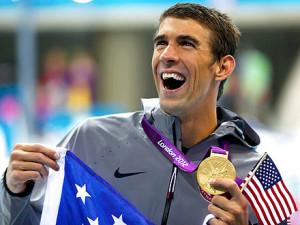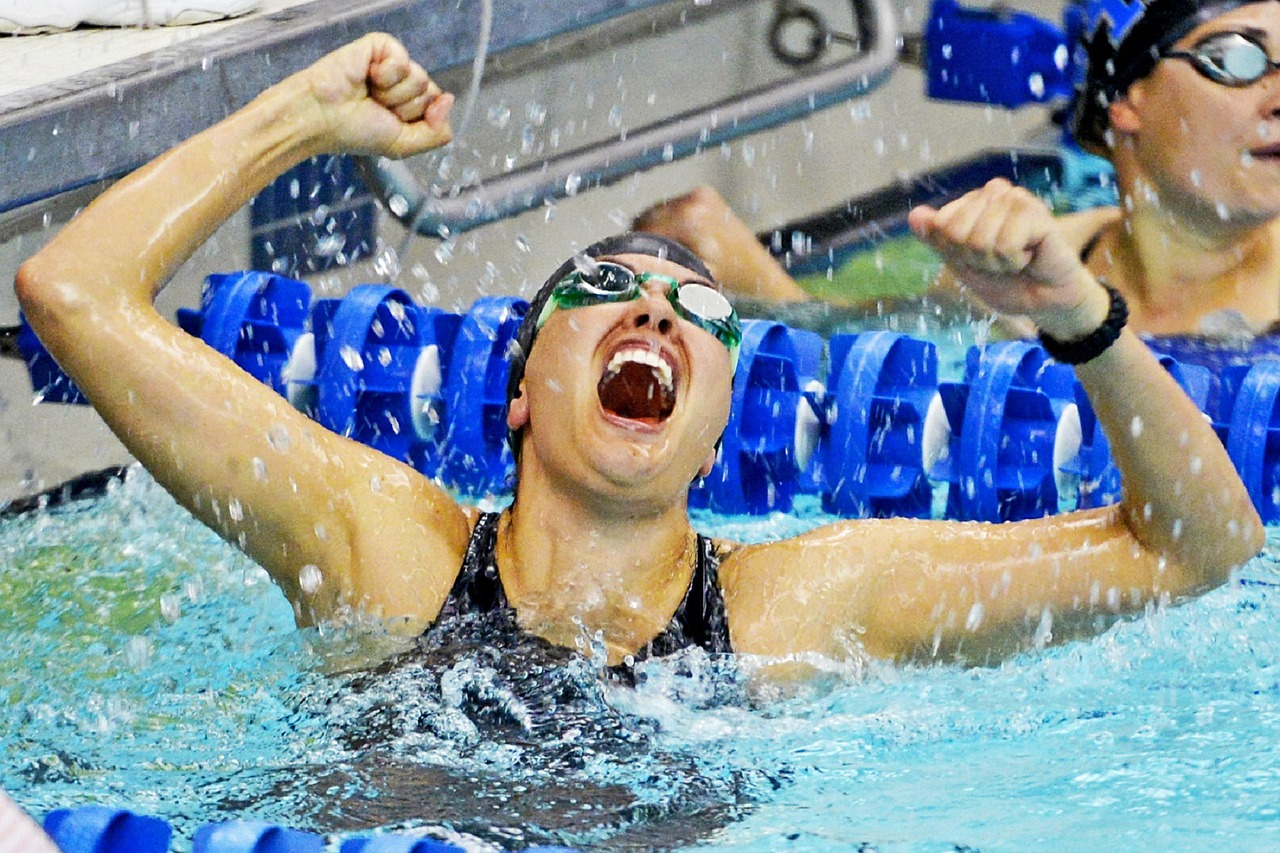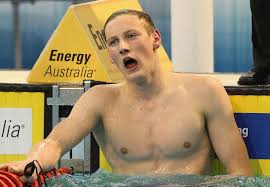So you’ve been training for a while and you’re starting to get a bit of fitness. You can do about 1 km and you’re feeling pretty proud of yourself. Well that’s great you should be, if you have started from scratch then you should very proud indeed. Zero to 1 km would have to be the hardest part of improving your swimming, but you still need the correct technique.
Improve fitness
By now your fitness has improved and now your technique needs to catch up. But how much tech work should you do and what sort of tech work should you do. Well, I’m not about to tell you which drills you should be doing because I don’t know what you’re doing wrong or right without you posting a video. However, feel to do so if you wish and I’ll try to help as much as I can. But what I can tell you that each drill is designed to work on each specific part of your stroke. Everyone swims a little different, however, everyone is trying to get the fastest time possible. We all want to get the competitive edge over the opposition.
Attention to detail
Every Olympian, national level swimmer and coach meticulously goes over each race, each dive, each lap, each split, each stroke, each catch phase of their stroke, each hand entry, each hand tilt befor it hits the water and well you get the idea. Why do they do this? It simple.  That’s where the milliseconds are between becoming a household name or just that guy who “used to be a good swimmer”. So if they focus on the tiny details then you probably should pay some attention to the drills you are doing too. Instead of just going through the motions.
That’s where the milliseconds are between becoming a household name or just that guy who “used to be a good swimmer”. So if they focus on the tiny details then you probably should pay some attention to the drills you are doing too. Instead of just going through the motions.
Do your drills
Keep in mind that a drill is an over exaggeration of what you are trying to achieve. Combined with that the faster you go at anything the more you shorten up and technique drops. A good example of this is if you grab a friend and stand in front of each other. Now you put both of your hands up, about shoulder width apart, and clap your two hands with theirs and then clap your own hands, now their hands and yours again. Now go faster, and faster and faster. Did you notice something? If you did it right you should have been struggling to get a clap in time. Plus your hands should have gotten closer together. It’s exactly the same with you technique drills.
Don’t confuse drills with normal technique
Another example of this is a chicken wing drill, where you drag your thumb up the side of your ribs and then touch your armpit and move your hand through to slide into the water. Obviously, you don’t swim like that all the time but the point of the drill is to get you to have high elbows on the recovery part of your stroke. If you are doing a drill that encourages you to stretch then do the whole stretch every time for the whole drill because when it comes to your technique you can afford to take short cuts. It the same as when the coach asks you to 10 x 50m on the :45 you put in the effort the whole time if you want to get faster, not just on the first 6 laps.
Look for the signs
Once you are at a certain level of swimming you will hit a wall, the point where you just can go any faster, you can’t fit in any more sessions at the pool or at the gym. You’re leading the squad on every lap, you’re lapping the slower swimmers, you’re eating the right things at the right time but you’re still not improving. This could be a good sign that there’s something you may be missing in your stroke something little perhaps. So it’s time to go back to basics and break your stroke down and find a drill that will possibly help.
So if you concentrate on doing your drills correctly you will find that your stroke will improve quite quickly. Focus on the drill, understand the purpose of the drill and then do it as best you can every time.
For more infromation on how to improve your freestlye technique click HERE.

